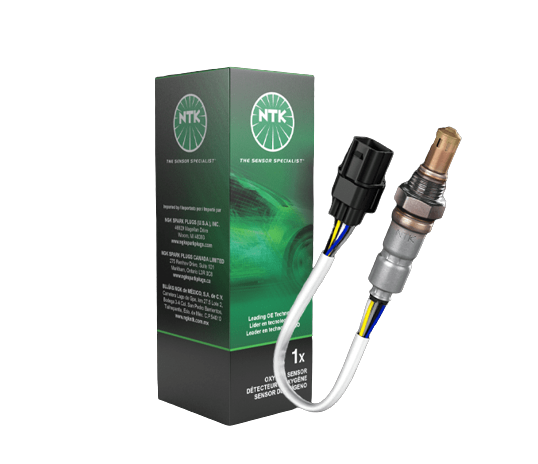Description
NTK is the world’s leading supplier of OEM oxygen sensors. They’re individually tested to ensure the highest level of quality and reliability—designed to continuously detect the composition of exhaust gases. As the output from the sensors changes, the ECU instructs the fuel mixing system to alter the mixture. This ensures that the air/fuel mix is always correct and promotes efficiency. A new NTK oxygen sensor can help lower emissions, improve fuel mileage and engine efficiency, and extend catalyst life. These components meet or exceed OE specs and are equipped with waterproof, factory-fitted connectors to ensure a perfect fit every time.
- You can depend on NGK for quality and reliability
- Constructed from durable material
- Corrosion and abrasion resistant
- Sensors checks for the amount of oxygen in the exhaust
- Ensures longevity
- Position: Upstream
| HONDA | ACCORD: 2.4L | 2008-2017 |
| HONDA | CIVIC: 1.5L, 2.4L | 2012-2015 |
| HONDA | CR-V: 2.4L | 2010-2019 |
| HONDA | CR-Z 1.5L | 2011-2016 |
| HONDA | CROSSTOUR: 2.4L | 2012-2015 |
| HONDA | FIT: 1.5L | 2007-2020 |
| HONDA | INSIGHT: 1.3L | 2010-2014 |
Also Fits:
| ACURA | ILX: 2.4L | 2013-2020 |
| ACURA | RDX: | 2007-2012 |
| ACURA | TLX: 2.4L | 2015-2020 |
| ACURA | TSX: 2.4L | 2009-2014 |
 O2 Sensor Identification Guide
O2 Sensor Identification GuideAn OBD Scan Tool will usually identify Oxygen Sensors by the Bank Number (B1 = Bank 1) and Sensor Number (S1 = Sensor 1). Bank 1 will always contain Cylinder 1, which is located closest to the front of the engine.
Part manufacturers often use different terms than scan tools to identify sensor positions. Regardless of the vehicle’s engine orientation, the right or left bank is determined by viewing the engine from the rear (opposite the drive belts).
Upstream Sensor (Before Converter)
Downstream Sensor (After Converter)
Left or Front Upstream Sensor (Before Converter)
Right or Rear Upstream Sensor (Before Converter)





 Common O2 Sensor Contaminants
Common O2 Sensor ContaminantsOxygen (O2) Sensors commonly fail due to contamination. When checking or replacing an O2 Sensor, visually inspect the sensor body to determine if it has been contaminated by a faulty part or substance upstream, and correct the fault before replacing the sensor.
| ANTIFREEZE POISONING |
|---|
Common Causes:
 Antifreeze Poisoned O2 Sensor |
| SILICONE POISONING |
|---|
Common Causes:
Silicone Poisoned O2 Sensor |
| CARBON BUILDUP |
|---|
Common Causes:
 Carbon Buildup O2 Sensor |










Reviews
There are no reviews yet.